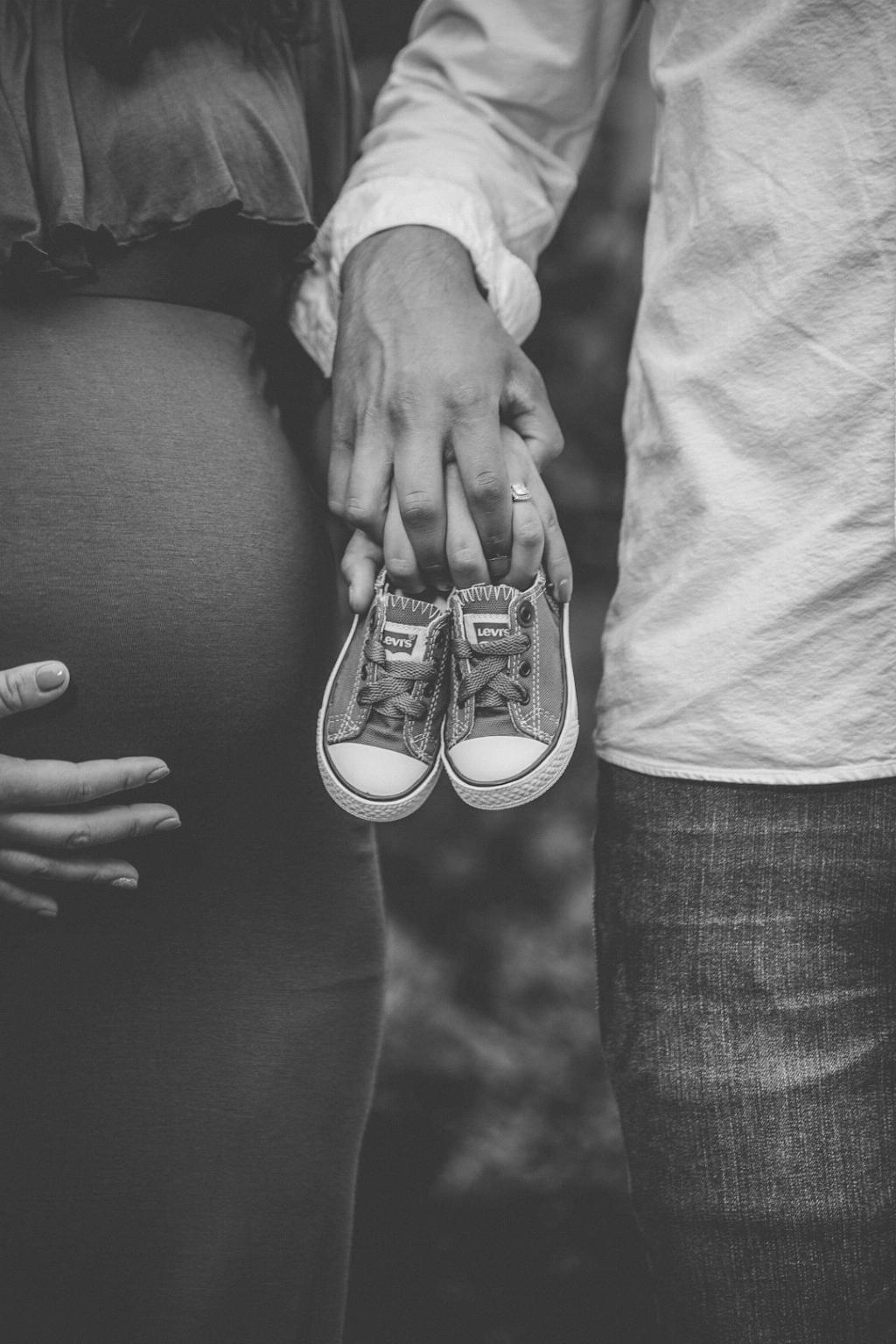When it comes to bacterial vaginosis (BV) and pregnancy, there are important considerations to keep in mind for both the mother and the developing fetus. BV is a common vaginal infection caused by an imbalance of bacteria in the vagina. While BV itself does not impact a woman’s ability to get pregnant, it can have implications for the pregnancy and the health of the baby.
One of the primary concerns associated with having BV during pregnancy is the increased risk of preterm birth. Preterm birth refers to delivering a baby before reaching 37 weeks of gestation, which can pose significant health risks for the baby. Research suggests that pregnant individuals with BV are at a higher risk of preterm labor compared to those without the infection.
Furthermore, BV has been linked to the possibility of delivering a baby with a low birth weight. Babies born with a low birth weight, typically defined as 5.5 pounds or less, may face various health challenges and developmental issues. It is essential to address and manage BV during pregnancy to reduce the likelihood of these complications.
Additionally, untreated BV during pregnancy can increase the risk of developing certain infections in the uterus after childbirth, such as postpartum endometritis. This condition involves inflammation of the lining of the uterus and can lead to complications if not promptly treated. Therefore, managing BV during pregnancy is crucial for the well-being of both the mother and the newborn.
It is important to note that some studies have suggested a potential association between BV during pregnancy and an increased risk of miscarriage. While more research is needed to establish a definitive link, the potential impact of BV on pregnancy outcomes underscores the significance of early detection and appropriate treatment.
Managing BV during pregnancy typically involves a combination of antibiotic therapy and lifestyle modifications to restore the balance of vaginal bacteria. It is essential for pregnant individuals to consult with their healthcare providers if they suspect they have BV or experience symptoms such as unusual vaginal discharge or odor.
Regular prenatal care visits are crucial for monitoring and addressing any potential complications related to BV during pregnancy. Healthcare providers can offer guidance on managing BV, minimizing the risks to the pregnancy, and ensuring the optimal health of both the mother and the developing fetus.
Furthermore, maintaining good hygiene practices, such as avoiding douching and using gentle, unscented products for intimate care, can help reduce the risk of BV and promote vaginal health during pregnancy. These simple habits can contribute to a healthier pregnancy and reduce the likelihood of complications associated with bacterial vaginosis.
Overall, while BV itself does not affect the ability to conceive, it can have implications for pregnancy outcomes and the health of the baby. By staying informed, seeking prompt medical attention, and following recommended treatments, pregnant individuals can effectively manage BV and reduce the associated risks during pregnancy.
It is essential to prioritize vaginal health and address any concerns or symptoms promptly to ensure a smooth and healthy pregnancy journey. With proper care and attention, individuals can navigate the challenges of BV during pregnancy and promote the well-being of both themselves and their infants.
In conclusion, BV during pregnancy requires careful management and monitoring to minimize the risks of preterm birth, low birth weight, postpartum infections, and other potential complications. By working closely with healthcare providers and adopting healthy practices, individuals can safeguard their reproductive health and promote successful pregnancy outcomes despite the presence of bacterial vaginosis.

